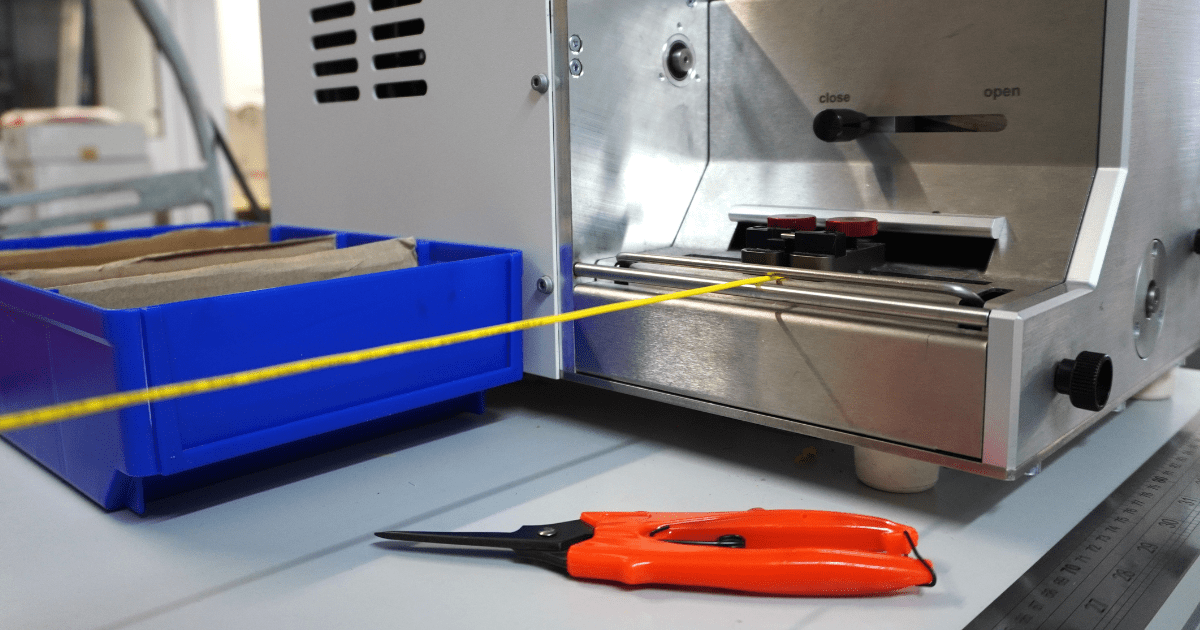FTTH Roll Out State in Europe: How the pandemic has impacted this technology

Globally, the FTTH roll out has seen a growing focus on digital infrastructure investment, primarily related to towers, and over recent years broader investments in data centers and other digital infrastructure. With the impact of Covid-19, it's considered to be more of an opportunity than a threat for telecom companies that together with government's focus on upgrading connectivity, this is expected to accelerate.
The need of more connectivity
With consumers working from home requiring more data and better coverage which, with the rollout of 5G, Internet of Things (IoT) and focus on smart cities, demands wide scale availability of fiber connectivity. Pre-pandemic, FTTH uptake was lagging deployment with few premises taking up FTTH-Broadband, but this is expected to rise substantially, and post Covid-19 world, will be higher. As providers of content, telecom companies see this as a new consumption habit that is here to stay. With this increase to watch content, is there a direct increase of readiness to pay? During lockdown, the networks held up pretty well, but some have experienced far from perfect quality of video conferencing. Will this cause subscribers to finally accept more full fiber offerings being more expensive than the traditional standard broadband?
The ramp to FTTH
After many years of investing in copper based broadband upgrades, most incumbent operators are ramping up FTTH rollouts. Challenges linked to Covid-19, in the long term look optimistic. The surge in fiber investments means a surge in recruiting employees to support this burgeoning industry. The consequences of Covid-19 amplified the need to push governments and policymakers to set ambitious gigabit ‘targets (both 5G and FTTH). It has highlighted the critical role of broadband in enabling consumers and enterprises to access work, education and healthcare, and providing the means of enhanced communications as colleagues, friends and families are separated for extended periods.
There's an understanding that broadband helps economies to become more resilient and grow, increasing GDP.
Broadband can help to mitigate the Covid-19 impact on economic lockdowns, which had severe implications for employment and survival of many businesses. Technology will absolutely improve efficiencies. Unfortunately, as some countries move ahead with digitalization, some emerging markets with limited access to broadband connectivity, have made the shift to online activity far less viable, leading to a widening digital divide. As pandemic restrictions continue and as consumer habits become more entrenched, there are potential additional opportunities:
- In the Automotive sector, carmakers are making it easier to buy cars online.
- In Telecoms, cloud computing will be a key growth area as more people continue working from home.
- In Healthcare, digital health apps will continue to grow with support from public funding
- In Fintech, the surge of contactless payments, in part reflecting the jump in e-commerce, will continue.
- In Retail, online shopping will continue to grow notable for food and groceries.
Many telecom companies need to invest in improving their infrastructure. The game changer will be the rollout of 5G technology. Gigabit connectivity will play an important role in the development of medicines, telemedicine, virtual consultations, and home healthcare services. Many businesses are altering their long-term strategies to adapt these changes to working behavior.


